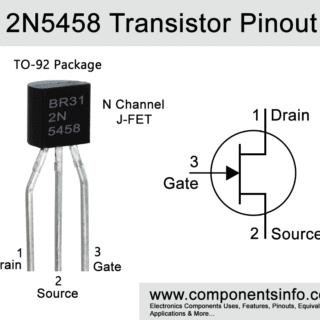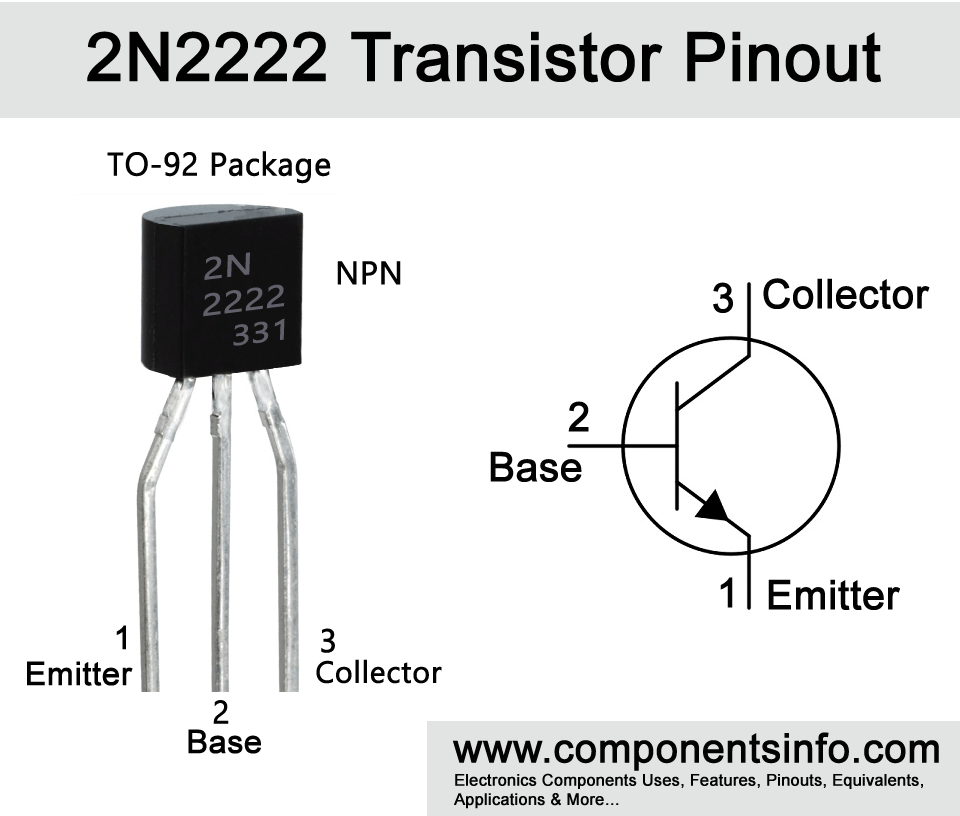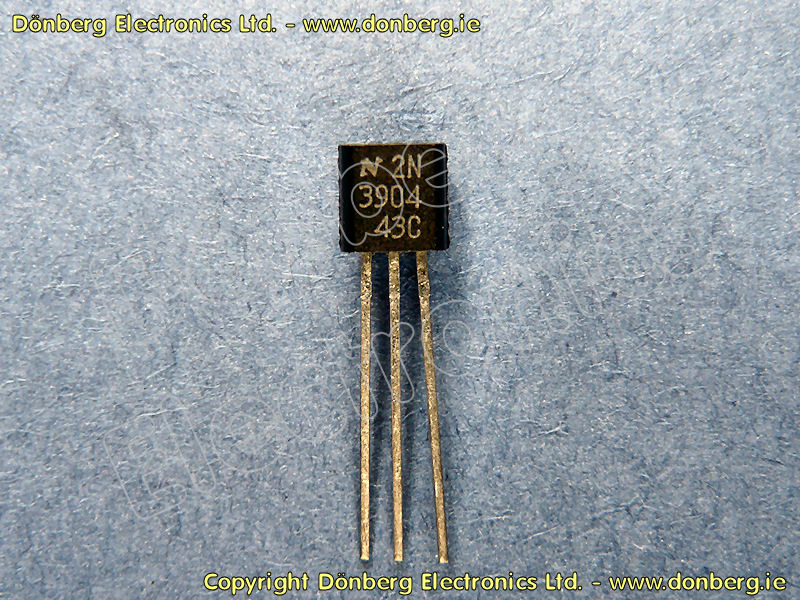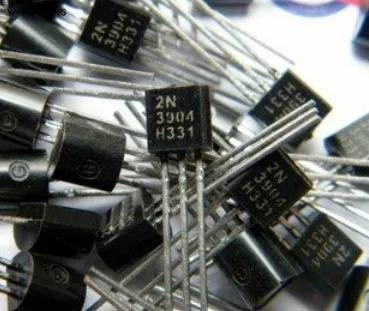
So with higher the gate current we have lower conduction resistance and higher the collector current.

The circuit is powered from a negative voltage source of -5V DC as shown in diagram.īefore going for working let us revise the typical characteristics of a PNP transistor: Also as pointed in the comment section belwo, considering the low gain of this transistor, it might be a better idea to use a low value resistor like 100R for R1 to allow more base current. The button here is for providing the trigger to the transistor and 10KΩ resistor is for limiting the current to base and to avoid breaching maximum voltage allowed at the base. In the above circuit we are using 2N5401 as a simple switching device and the switching load being small DC motor. Also the component is cheap and easy to work with.ĢN5401 can be used like any general purpose PNP transistor but for sake of understanding the device working let us consider a simple application circuit as shown below. It can also be used when you want a simple switching device for high voltage loads. These types of circuits can be seen in telephone systems.

Operating temperature range: -55✬ to +150✬ĢN5551 (NPN), MPSA92, MPSA93, BF723, 2N5096ĢN5401 is specifically designed to be used in high voltage applications where load consumes very less power (i.e.Maximum voltage across base and emitter: 5V.Maximum voltage across collector and base: 160 V.Maximum current allowed trough collector: 600mA.Maximum voltage across collector and emitter: 150V.The NPN complementary for the device is 2N5551 and is available in TO-92, SOT54.ĢN5401 has three pins like any other transistor namely EMITTER, BASE and COLLECTOR.Ĭurrent flows in to the device through this pinīase is used for triggering transistor ON and OFFĢN5401 Features and Electrical characteristics However, if you use the P-channel MOSfet, a high-impedance GPIO pin will give you undefined power to U-blox, so in this case, the PNP transistor might be safer.2N5401 is a PNP transistor designed specifically for high voltage - low power switching applications and amplifications. While the GPIO pin is high-impedance (tri-stated), the U-blox module will be inactive (off).

To turn it off, GPIO is driven to logic HIGH. You won't need a base-resistor (0 ohms) in this case.īe aware that the GPIO switch logic is reversed with PNP high-side switch (same with P-channel MOSfet switch): To get your U-blox 6M powered up, the microcontroller GPIO pin is driven to logic LOW. The saturation voltage in this case is far less than the NPN switch, and it won't get quite so hot.Įven better: Use a P-channel MOSfet having logic-level gate threshold voltage. The transistor switch has too much voltage drop when the GPIO pin goes high.even when you reduce R1 to zero ohms.Īnd if your GPS module really pulls 100mA current into its +supply pin, use a bigger transistor that can handle more current PN2907, 2N4403 or equivalent.

Simulate this circuit – Schematic created using CircuitLab Control U-blox +supply pin with an NPN transistor? I can only envision one way to do this:


 0 kommentar(er)
0 kommentar(er)
